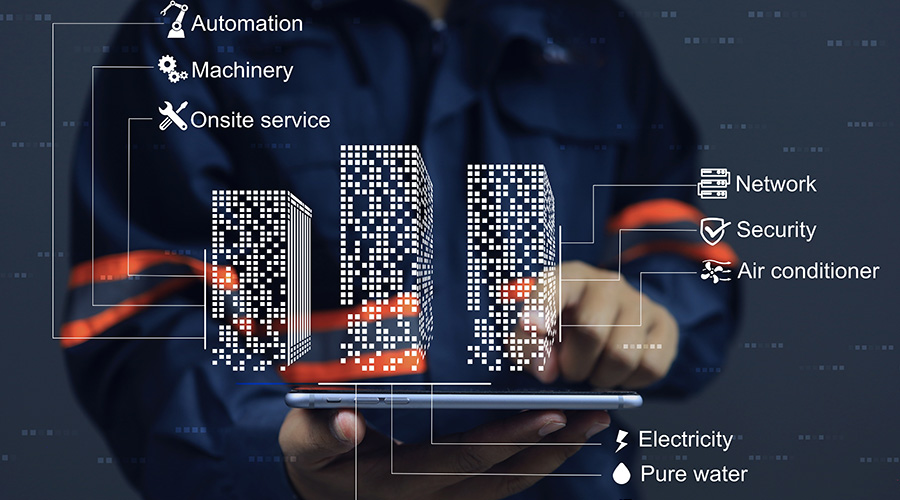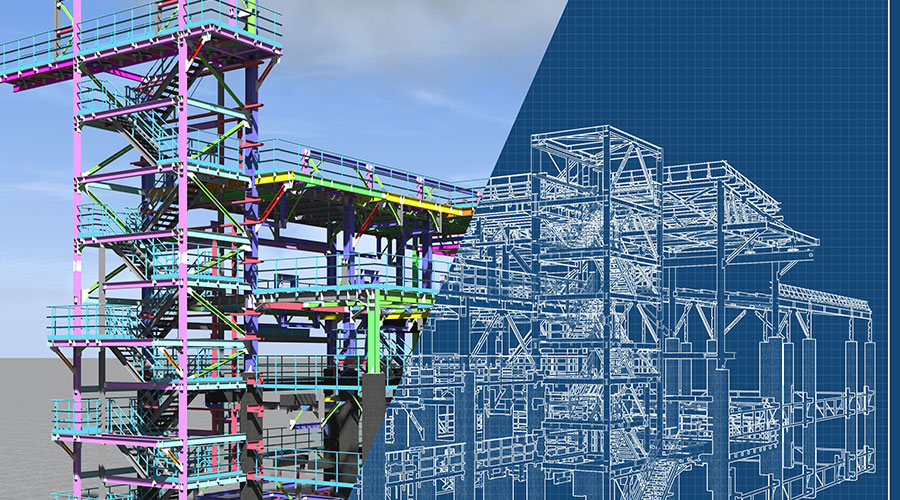What Parts of CMMS Should Managers Prioritize?
At a minimum, a CMMS should provide the basic tools to measure success and help managers meet their maintenance goals.
Which aspects of a CMMS are the most important?
“KPI, KPI, KPI,” says Devin Brent Ellis, chief technology officer for CyberMetrics Corp., referring to key performance indicators. “Without these, it’s like shooting baskets in the dark. Did you hit? Did you miss?” Managers who implement a CMMS to make improvements in their preventive maintenance efforts “need these measures in place to indicate if they are making effective changes,” Ellis says.
At a minimum, a CMMS should provide the basic tools to measure success and help managers meet their maintenance goals.
“Beyond these, the most important aspect of the CMMS is ease of use and performance,” Ellis says. “Most CMMS do everything you could need, but the ease at which you can access those tools will ultimately dictate your team’s success or failure with the product.”
When looking to upgrade their current systems, managers can look for several things, depending on the system they are coming from.
“If you are coming from spreadsheets, then start with a simple CMMS that you can grow into,” Ellis says. “If you are coming from a legacy CMMS or ERP (enterprise resource planning) that was used to track your maintenance, then you likely already know what your needs are, and you just need to find the right match. But when you do, make sure to plan for data migration.”
If the legacy system remains accessible, focus on bringing over your assets.
“Trying to bring over all of your history can slow your new system down before you even get started,” Ellis says.
In addition, managers need to make sure to account for this effort in go-live planning.
“Data migration always adds significant time to that effort, and if not managed properly, it will delay your go-live efforts,” Ellis says.
Ellis says a CMMS is only as effective as the maintenance team’s buy-in.
“Bells and whistles are nice, but a good CMMS should make it easy for your maintenance team to complete the work while providing you the basic data you need to effectively manage your team,” Ellis says. “Simple mobile interface, easy check-off on work completed, inventory and hours consumed – done.”
An effective CMMS might have all the tools a manager needs, “but if your team will not use it, you will have a tough time getting your money’s worth,” Ellis says.
Seek multiple functions
A comprehensive CMMS addresses reactive and planned maintenance, resource scheduling, routing, inventory and other functions, and it provides innumerable benefits to an organization, says David Karpook, director of business development North America for Planon.
When it comes to staffing, a combination of functions helps managers maintain adequate levels and ensure maintenance teams work effectively.
“First and foremost, a CMMS almost always includes a means of assigning work to technicians and at the least tracking time of assignment versus time of completions,” Karpook says.
More sophisticated CMMS systems that use mobile tracking “may provide even more granular information about the start time and completion time of work, giving organizations visibility into how much time maintenance team members are spending on work itself, travel, administrative time,” Karpook says.
Mobile tracking also can help organizations gauge the efficiency of their teams “and perhaps highlight measures that could be used to improve efficiency and time on the job,” Karpook says.
A CMMS also might include routing capabilities, which can guide a technician to the most efficient means of getting from job to job, reducing time spent in transit and potentially increasing time available for actual performance of work.
“Most maintenance organizations today want to operate in a mobile fashion, with technicians able to update work progress from the job site, accurately record job time, request inventory as needed,” Karpook says.
Apps that allow such functions to be conducted from smart phones and tablets are crucial to smooth operations.
“They increase accuracy versus making updates back at the shop and are a major piece in the provision of efficient operations,” Karpook says.
Similarly, smart-building connectivity notifies the system of anomalies in operations before failures occur, providing the basis for pre-emptive intervention to correct problem situations and keep operations continuous and friction-free, Karpook says.
Faulkner’s advice is to evaluate a CMMS and its implementation based on whether it can deliver the reporting needed.
“There are many factors that lead to good or bad reports, but ultimately they are the proof you have implemented a system properly and it is capable of handling your needs,” he says. “At the end of the day, the purchase of a CMMS is an investment for your organization. You will see the return on that investment when you get accurate, clear reporting that has actionable information for you to make decisions for your business.”
Karpook says a CMMS “is not a one-time, static implementation. It is a dynamic system that will become the heart of the maintenance operation, and needs to be kept up–to date at all times.”
Howard Riell is a freelance writer based in Henderson, Nevada.
Related Topics:













